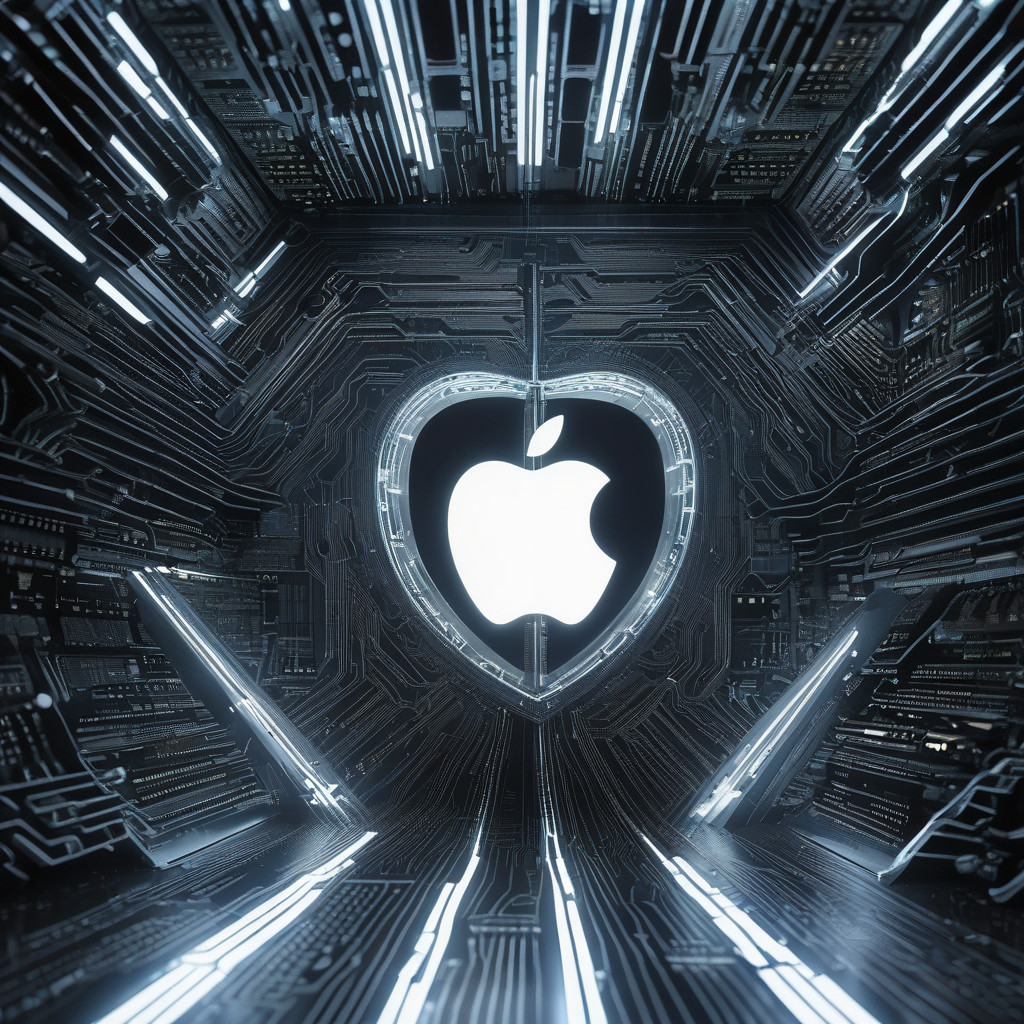New Malware Justifies Apple’s Locked-Down Security Strategy
In the realm of cybersecurity, recent events have once again highlighted the importance of robust security measures. Apple’s unwavering commitment to enhancing security across its platforms has been underscored by the emergence of the Banshee macOS Stealer malware. This malicious software, identified by Checkpoint security, exploited vulnerabilities in third-party software distribution channels, circumventing Apple’s Gatekeeper protection system.
The insidious nature of the Banshee macOS Stealer serves as a stark reminder that even the most secure platforms can be compromised. This malware, distributed through seemingly legitimate browser downloads outside of Apple’s Mac App Store, was designed to exfiltrate sensitive information ranging from account credentials to banking details. What sets this attack apart is its utilization of Apple’s own antivirus tools to evade detection, showcasing the evolving sophistication of cyber threats.
Prevention Beats Cure
While the Banshee macOS Stealer incident has been mitigated, the underlying risks persist. Apple’s proactive approach to security, exemplified by features like Lockdown Mode, acknowledges the constant threat landscape. Users play a pivotal role in safeguarding their systems by exercising caution when downloading software and sticking to reputable sources. As Apple expands its ecosystem to accommodate third-party developers, the need for stringent security measures becomes paramount.
The rise of attack-as-a-service malware underscores the imperative for developers to prioritize secure software distribution channels. Apple’s Notarization system, aimed at bolstering security, offers a potential defense mechanism against malicious actors seeking to exploit independent distribution platforms. In light of escalating cybercrime costs, estimated to exceed $10 trillion annually, the onus is on developers to uphold ethical practices that prioritize consumer safety.
We All Play a Part
In an increasingly interconnected world, cybersecurity emerges as a critical battleground. Tim Cook’s warning about the potential for cyber warfare underscores the gravity of the situation. As cyber threats evolve, users and businesses must remain vigilant, adopting advanced security tools and fostering a culture of awareness. Despite the vulnerabilities exposed by the Banshee macOS Stealer, Apple’s Mac continues to be lauded as one of the most secure PC platforms available.
Moving forward, individuals can bolster their security posture by embracing Apple’s secure ecosystem. By exercising prudence and refraining from downloading suspicious software, users can actively contribute to enhancing their digital defenses. Remember, if it seems too good to be true, it likely is. Safeguarding against cyber threats is a collective effort, requiring proactive measures and a commitment to cybersecurity best practices.
In conclusion, the recent malware incident serves as a poignant validation of Apple’s steadfast security strategy. By prioritizing user safety and investing in innovative security features, Apple continues to set the standard for secure computing environments. As the digital landscape evolves, vigilance, education, and a proactive approach to cybersecurity remain paramount for individuals and organizations alike.

